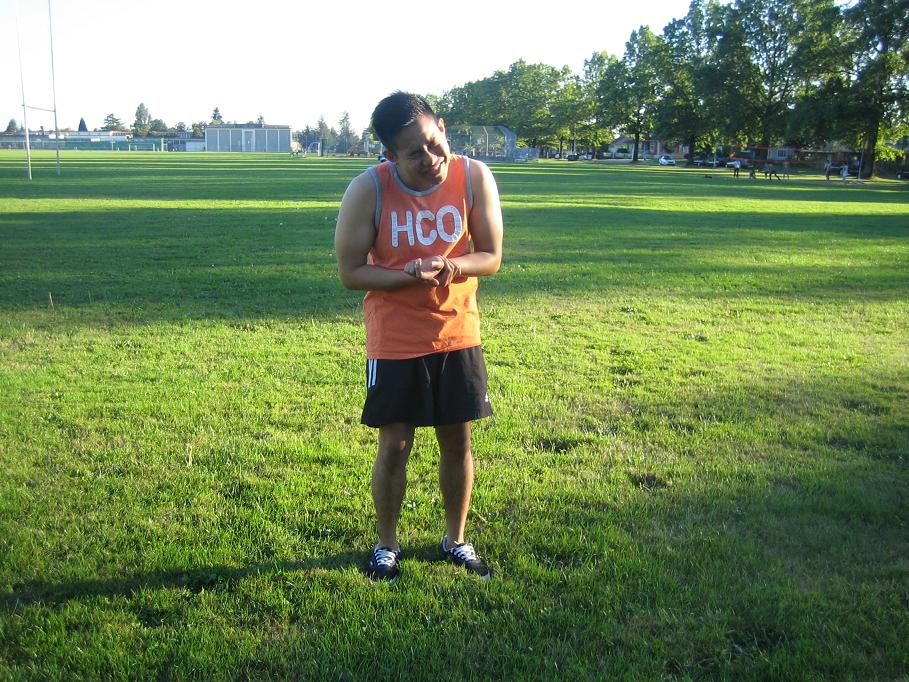A dislocated finger is a condition where two of the bones of the fingers that forms the joints becomes displaced and result to damaging the ligaments and other soft tissues. It can happen in any finger joints but usually happen in the middle knuckle of the middle, ring, little or the index finger.
https://www.youtube.com/watch?v=GFuvZvI_-B0&t=1s
Symptoms
- Severe pain
- Bending the fingers in backward direction
- Crooked and misshapen fingers
- Feeling numb and tingly
- Difficulty moving the affected area
- Deformity of the fingers or dislodged such as sticking out of the skin
- Bruising and swelling around the joint
Deformity of the fingers or dislodged such as sticking out of the skin.
Causes of a dislocated finger
- Sports injuries such as football, volleyball and basketball. Ball hits an outstretched finger and causes it to hyperextend in backward direction and pushing the bones from the joint.
- Fall and vehicular accidents.
- A crushing blow to the finger, such as closing a door on the finger
- Genetics or people born with weak ligaments or weak structural support
Treatment
- Remove any jewelry such as rings on the affected finger to prevent difficulties in removing them when the area starts to swell and cause further irritations.
- Apply ice on the affected area using an ice pack.
- Elevate the affected finger higher than the level of the heart to lessen the pain and the swelling. While lying down place the finger on several pillows to keep it in a raised position.
- Prescribed anti-inflammatory medications to lessen the pain and the inflammation.
- Avoid popping back the affected finger back into the joint to prevent worsening of the condition such as injuring the tendons, blood vessels, ligaments and nerves and delays the healing.
- Cover any broken skin around the area using sterile gauze to prevent the risk of developing any infections.
- Reduction is a procedure where the doctor restores in the right position. The person is given a local anesthetic to numb the pain during the treatment.
- When the affected area is already reduced, a splint can be placed on the area for a few days to weeks to prevent unnecessary movements and further irritations. Another alternative is taping the affected area next to the uninjured finger to support the area, prevent loss of movement and stiffness of the joint.
- Perform rehabilitation exercises with the help of the physical therapist to strengthen the fingers and restore range of movement of the fingers.
Disclaimer / More Information
The material posted on this page on a dislocated finger is for learning purposes only. Learn how the injury is managed by taking a first aid and CPR class with one of our training providers.
FACT CHECK
https://www.healthline.com/health/dislocated-finger
https://www.emedicinehealth.com/finger_dislocation/article_em.htm

